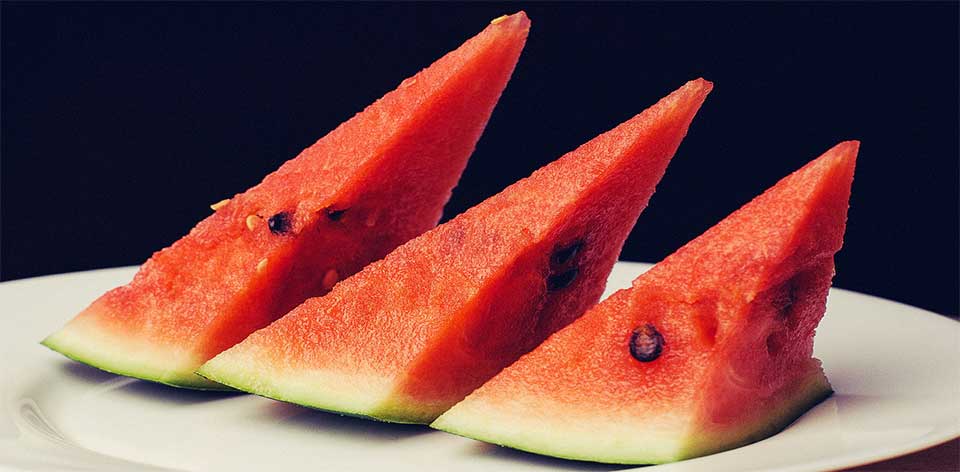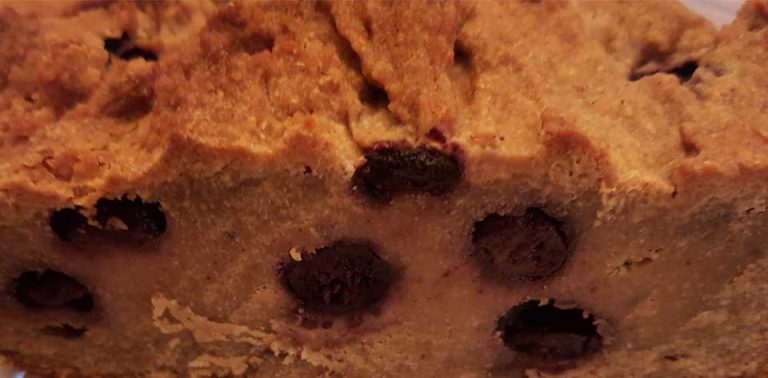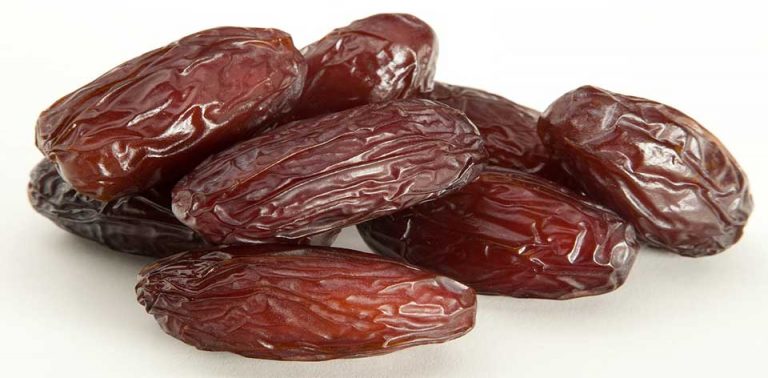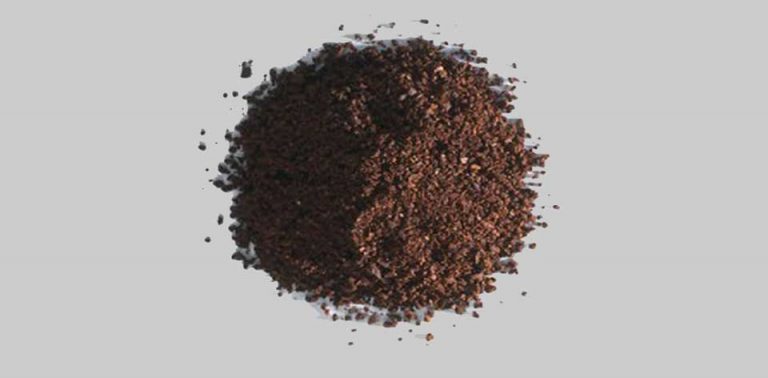If you ever get turned on after eating watermelon, that’s because it’s high in phytonutrients that boost libido.
A study done by Texas A&M suggested that the lycopene, citrulline, and beta-carotene in watermelon may help relax blood vessels, which can shift your sex drive into high gear.
In addition, watermelon provides a high amount of vitamins, minerals and antioxidants for a low amount of calories. So, it’s great if you’re watching your weight too.
Lycopene is a carotenoid phytonutrient that’s especially important for cardiovascular health, and scientists now believe that lycopene is important for bone health too.
Health scientists are becoming more and more interested in the citrulline content of watermelon. Citrulline is an amino acid that is commonly converted by our kidneys and other organ systems into another amino acid called arginine. Higher levels of arginine can help improve blood flow and other aspects of cardiovascular health. There’s also some preliminary evidence from animal studies that greater conversion of citrulline into arginine may help prevent excess accumulation of fat in fat cells due to blocked activity of an enzyme called tissue-nonspecific alkaline phosphatase, or TNAP.
Recent studies have confirmed the nutritional importance of letting a watermelon to fully ripen, which provides the biggest jump in lycopene content. As a watermelon ripens from white-pink to pink to red, the beta-carotene content also increases. Like lycopene and beta-carotene, total phenolic antioxidants increase consistently during ripening as well. The bottom line: eating a fully ripe watermelon can really pay off in terms of increased nutritional benefits.
How to Select the Best Watermelons for Your Health
If you buy a pre-cut watermelon, choose the flesh that is deepest in color without any white streaking.
If you buy whole, uncut watermelons, there are several features to check on.
- Weight. The heavier, the riper. A fully ripened watermelon will be over 90% water weight, and water is one of the heaviest components in any food.
- Smooth rind that is slightly dulled on top. If the ground spot (the bottom where the watermelon was resting on the ground, is white or green, the watermelon probably isn’t fully ripe. A ground spot that’s creamy yellow denotes the ripest.
- Top of the melon, opposite from the ground spot, should be dull as opposed to shiny in a ripe melon. The green color may appear in many different shades, however, from light green to deeper shades.
- The “thump” test. Most experts agree that a fully ripened watermelon will have a deeper, hollower “bass” sound rather than a solid and shallow “soprano” sound when thumped.







